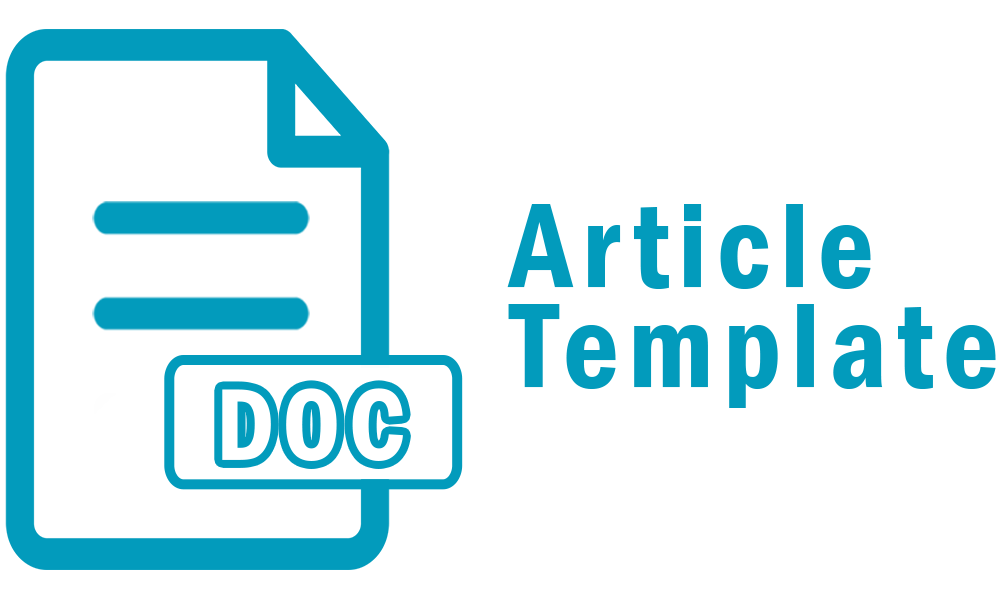DEFECT PRODUCT COMPARISON OF THE USE OF ALCOHOL-BASED FOUNTAIN SOLUTION AND ALCOHOL-FREE IN OFFSET PRINTING
DOI:
https://doi.org/10.46961/kreator.v7i1.303Abstract
One of the main components of the fountain solution used for the offset printing technique is isoprophil alcohol (IPA), which is related to its function as a surface tension reducing agent, cooling agent for printing plates and at the same time having anti-bioorganic function. However, complaints have also been made about the weaknesses in the use of IPA related to odor, toxicity and too high evaporation rate during its use. Therefore, in this article, IPA is compared to the "alcohol-free" type when used in the field as a wetting solution mixture using a KBK offset printing machine to produce magazines using of AP 115 paper. The difference in the use of the two surfaces the tension reducing agents are identified by the waste parameters that are used, generated during consistent printing under controlled process conditions. The results obtained indicate that the use of IPA is always higher, but the use of `` non alcoholic '' tends to be more stable in controling the process.
Keywords—Isoprophil Alcohol (IPA), alcohol-free fontain solution, offset printing
Downloads
Published
How to Cite
Issue
Section
Citation Check
License
Authors who publish with Kreator agree to the following terms:
- For all articles published in the Kreator, copyright is retained by the authors. Authors give permission to the publisher to announce the work with conditions. When the manuscript is accepted for publication, the authors agree to the automatic transfer of non-exclusive publishing rights to the publisher.
- Authors retain copyright and grant the journal right of first publication with the work simultaneously licensed under a Creative Commons Attribution-ShareAlike 4.0 International License that allows others to share the work with an acknowledgment of the work's authorship and initial publication in this journal.
- Authors are able to enter into separate, additional contractual arrangements for the non-exclusive distribution of the journal's published version of the work (e.g., post it to an institutional repository or publish it in a book), with an acknowledgment of its initial publication in this journal.
- Authors are permitted and encouraged to post their work online (e.g., in institutional repositories or on their website) prior to and during the submission process, as it can lead to productive exchanges, as well as earlier and greater citation of published work (See The Effect of Open Access).











